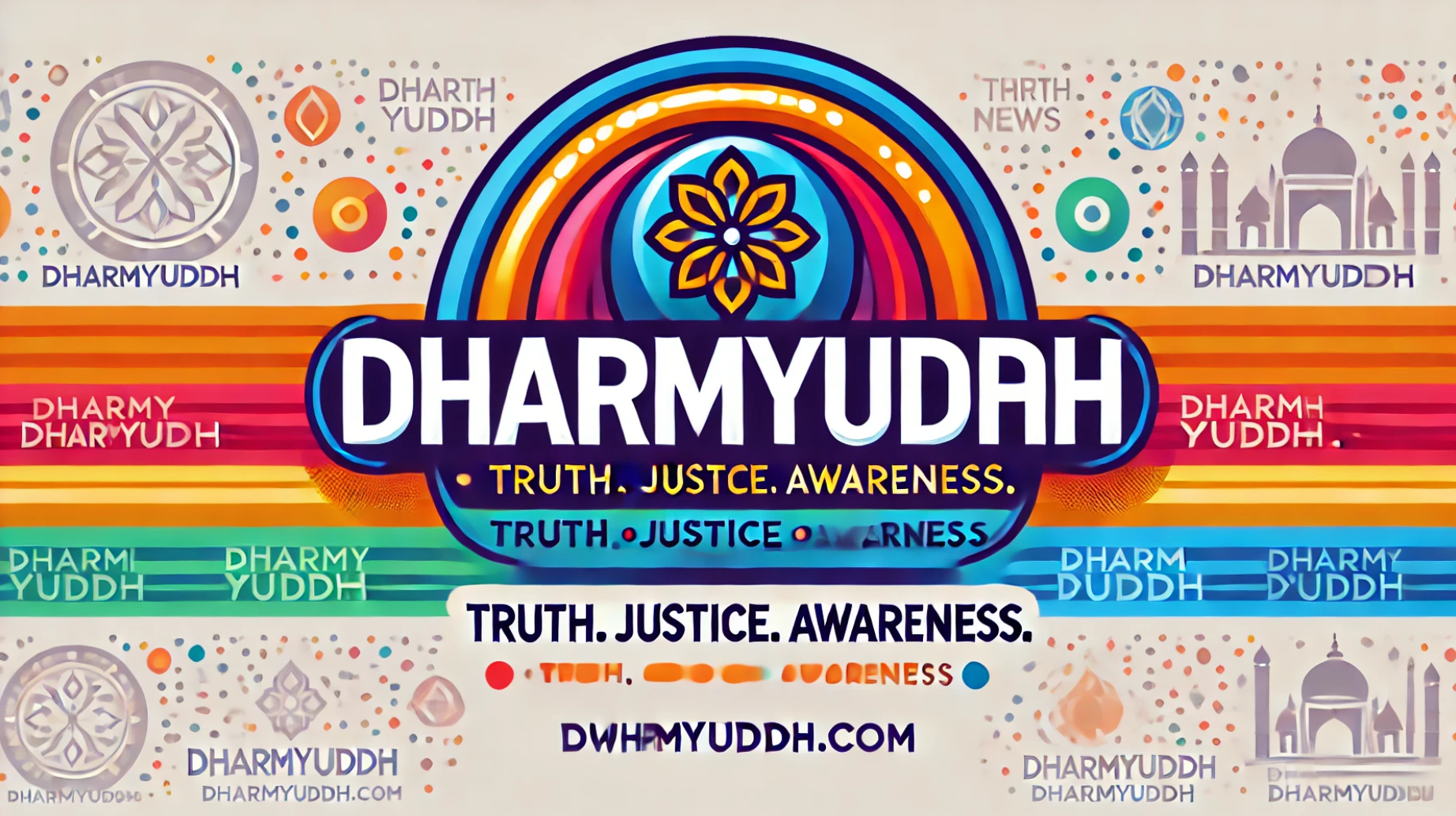Tokyo Ghoul: The battle between Anime and Manga adaptations
Tokyo Ghoul's anime adaptation, while initially captivating, diverged from the manga, disappointing fans with its altered storyline and rushed character development. Despite this, the series significantly impacted the anime community, introducing darker themes and complex characters. The debate over adaptation fidelity continues, highlighting the importance of staying true to the source material.

Tokyo Ghoul: The Battle Between Anime and Manga Adaptations
News by dharmyuddh.com
Introduction to Tokyo Ghoul
Tokyo Ghoul, a captivating series created by Sui Ishida, has taken the world by storm since its debut. This dark fantasy series, known for exploring themes of identity, morality, and the struggle between humans and ghouls, has amassed a dedicated fan base. However, the discourse around its anime and manga adaptations has sparked intense debates among enthusiasts and newcomers alike.
The Manga Version: A Rich Narrative
The original manga of Tokyo Ghoul offers a deep and intricate storyline that allows for character development and thematic depth. Readers are drawn into Kaneki's turbulent journey, filled with moral dilemmas and the harsh realities of his new existence as a ghoul. The manga, rich in detail, presents a more nuanced understanding of the characters and their motivations.
The Anime Adaptation: Visual and Emotional Impact
The anime adaptation of Tokyo Ghoul has garnered immense popularity, thanks to its stunning animation and emotive storytelling. While it has succeeded in capturing some of the manga’s core elements, many fans express concern over adaptational choices that resulted in significant story changes. The pacing, artistic direction, and character arcs sometimes diverge from what readers loved in the manga.
Comparative Analysis: Strengths and Weaknesses
The battle between the anime and manga adaptations of Tokyo Ghoul draws attention to their respective strengths and weaknesses. The manga offers a more comprehensive visual narrative, whereas the anime emphasizes action and atmosphere. In considering which adaptation reigns supreme, it often comes down to personal preference regarding storytelling styles and visual aesthetics.
Fan Reactions: From Praise to Criticism
Fan reactions towards the adaptations reveal a divide in opinions. While some enjoy the visual representation in the anime, others feel the manga’s deeper narrative and themes resonate more profoundly. This debate highlights the diverse perspectives within the community and the love for Tokyo Ghoul as a whole. Furthermore, it showcases the challenges in adapting complex narratives into different mediums.
Conclusion: Embracing Both Worlds
Ultimately, the battle between anime and manga adaptations of Tokyo Ghoul showcases the creativity and versatility of storytelling. Both formats, while distinct in their approaches, offer unique experiences to fans. Whether one prefers the intricacies found within the pages of the manga or the dynamic visuals of the anime, the series has undeniably made a significant impact on the anime and manga landscape.
For more updates, visit dharmyuddh.com. Keywords: Tokyo Ghoul anime adaptation, Tokyo Ghoul manga differences, anime vs manga Tokyo Ghoul, Tokyo Ghoul series analysis, impact of Tokyo Ghoul adaptations, understand Tokyo Ghoul storyline, fan reactions to Tokyo Ghoul, visual storytelling in anime, deep dive into Tokyo Ghoul, Sui Ishida works, anime storytelling techniques







